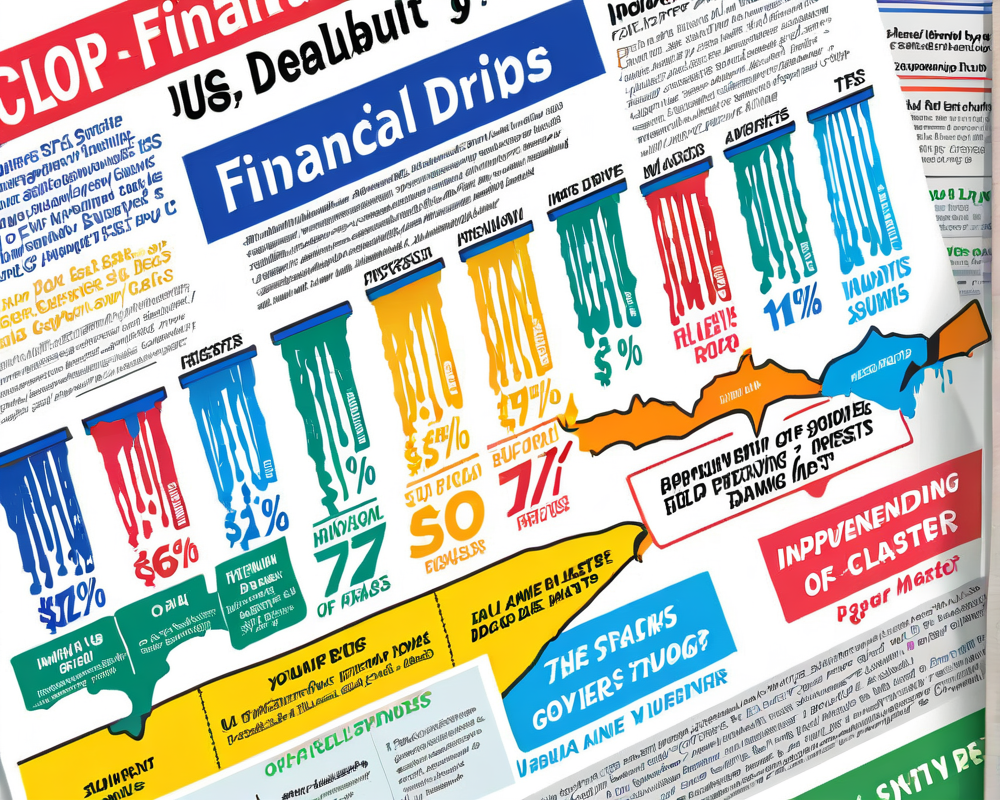The Debt Limit Dilemma
As the clock ticks down to June, the United States government finds itself teetering on the edge of financial chaos, facing a significant risk of not meeting its obligations. The culprit? The pesky debt limit of $31.4 trillion that was reached on January 19th, which the Congressional Budget Office (CBO) claims could lead to a government default.
CBO’s Dire Predictions
According to the CBO’s report released on May 12, the outlook isn’t good. Officials are predicting that unless the debt ceiling is raised or altered, the government may find itself unable to pay its bills as early as the first two weeks of June. “CBO projects that if the debt limit remains unchanged, there is a significant risk that at some point in the first two weeks of June, the government will no longer be able to pay all of its obligations,” the report warns, with all the cheerfulness of a raincloud over a picnic.
Deficit Forecasts and the Financial Roller Coaster
The CBO anticipates a federal budget deficit of about $1.5 trillion for this year, which unfortunately is $100 billion more than their earlier estimate. It’s like planning for a fabulous party, only to realize you accidentally invited everyone in the county along with their friends.
The Ripple Effects of Legal Rulings
One of the dark clouds looming in this financial forecast is the ongoing Supreme Court case regarding student loan debt cancellation. The outcome of this case could dramatically affect the revenue stream for 2023, making the potential shortfall feel like a looming thunderstorm.
Tax Receipts and the Cash Crunch
A shortfall in tax receipts through April could exacerbate the deficit issues, leaving the government strapped for cash. It’s not just “not enough” money – it’s like trying to pay for dinner with Monopoly money. The so-called “cash crunch” could become a buzzword if this trend continues.
Long-Term Consequences
As the CBO looks to the future, it predicts a spiraling annual deficit that




